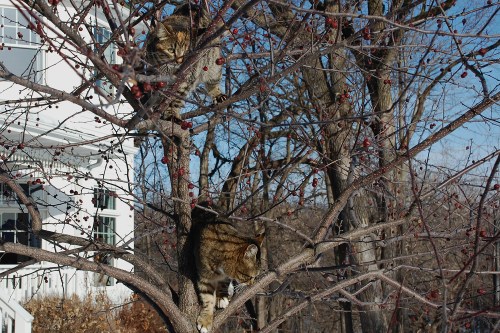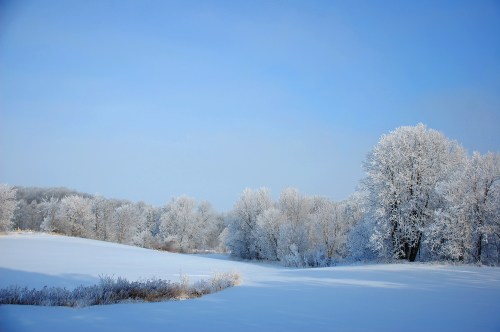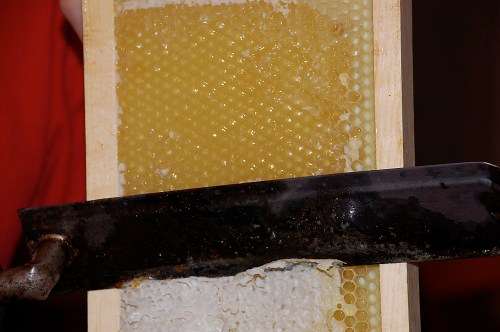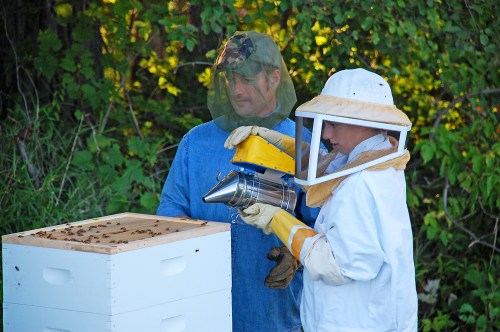I came across an article entitled “It’s Sow Easy” in my Northern Gardener magazine last winter about sowing seeds outdoors in winter. Because I’m always looking for inexpensive ways to increase my perennial collection, I thought I would give this method a try. The theory is to turn recyclables into mini-greenhouses to place outside during the winter months to wait for the spring thaw and germination of the seeds. Seems easy enough and it has the added bonus of using recyclable materials. We’ll see how it goes.
After purchasing potting soil, seed starter mix, seeds, and saving up some gallon milk jugs, I was ready to get the process started.
The first step is to cut the milk jugs in half with a sharp utility knife and poke several slits in the bottom for drainage.
Using a mixture of equal parts seed starter mix and potting soil, I put 3-4 inches of dirt in each container.
Here are all the mini-greenhouses waiting for seeds.
The soil needs to be well-moistened, a “muddy consistency” according to the article. I checked each container to make sure that the water was draining out the bottom.
Not surprisingly, I purchased way more seeds than I had room for in containers. I could hardly control myself at the nursery at all the seed choices of plants that I want to grow or multiply in my garden.
I decided to plant Delphinium, Oriental Poppy, Shasta Daisy and Foxglove with my first set of mini-greenhouses. After sowing the seeds according to the package directions, use clear duct tape to attach the top and bottom back together.
Set the mini-greenhouses out in the snow somewhere that gets plenty of sunlight, snow and rain. According to the article, I can just put my feet up now and let Mother Nature take over until spring, when the seedling appear and more holes will need to be added so that the plants don’t get overheated in the greenhouse. I’ll be amazed and thrilled if this process actually works. And if it does, I’ll start planning huge new perennial gardens and saving milk jugs much further in advance! Stay tuned.








































